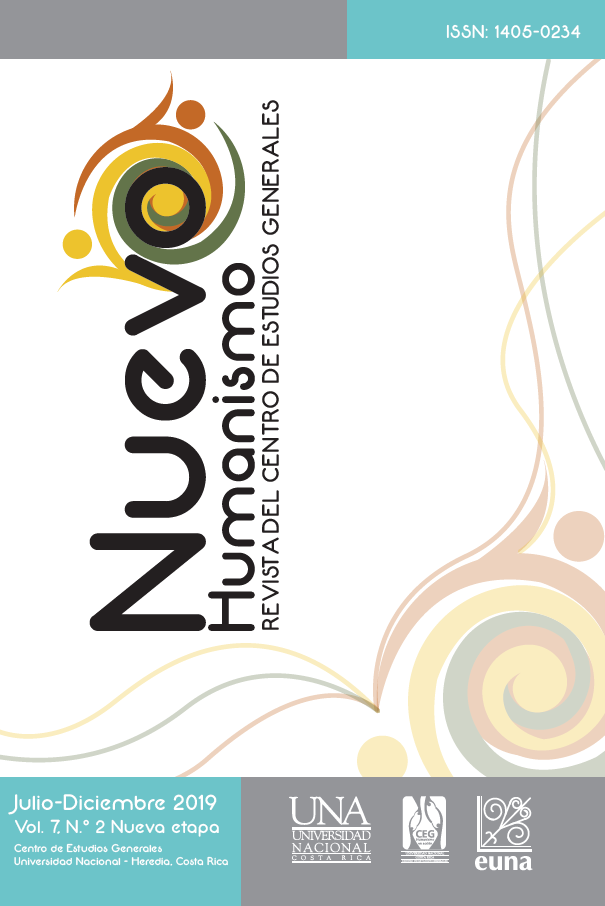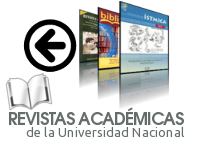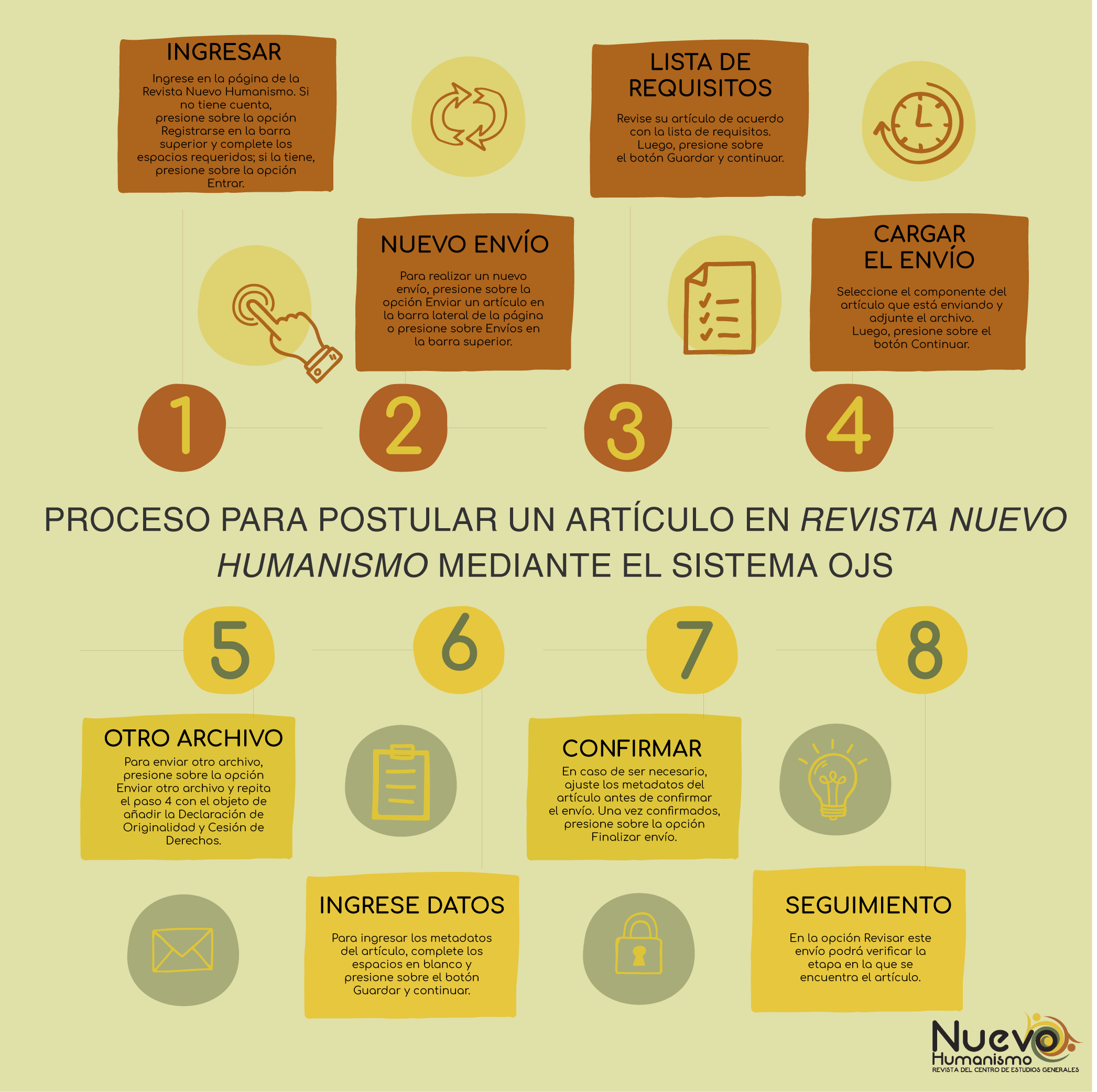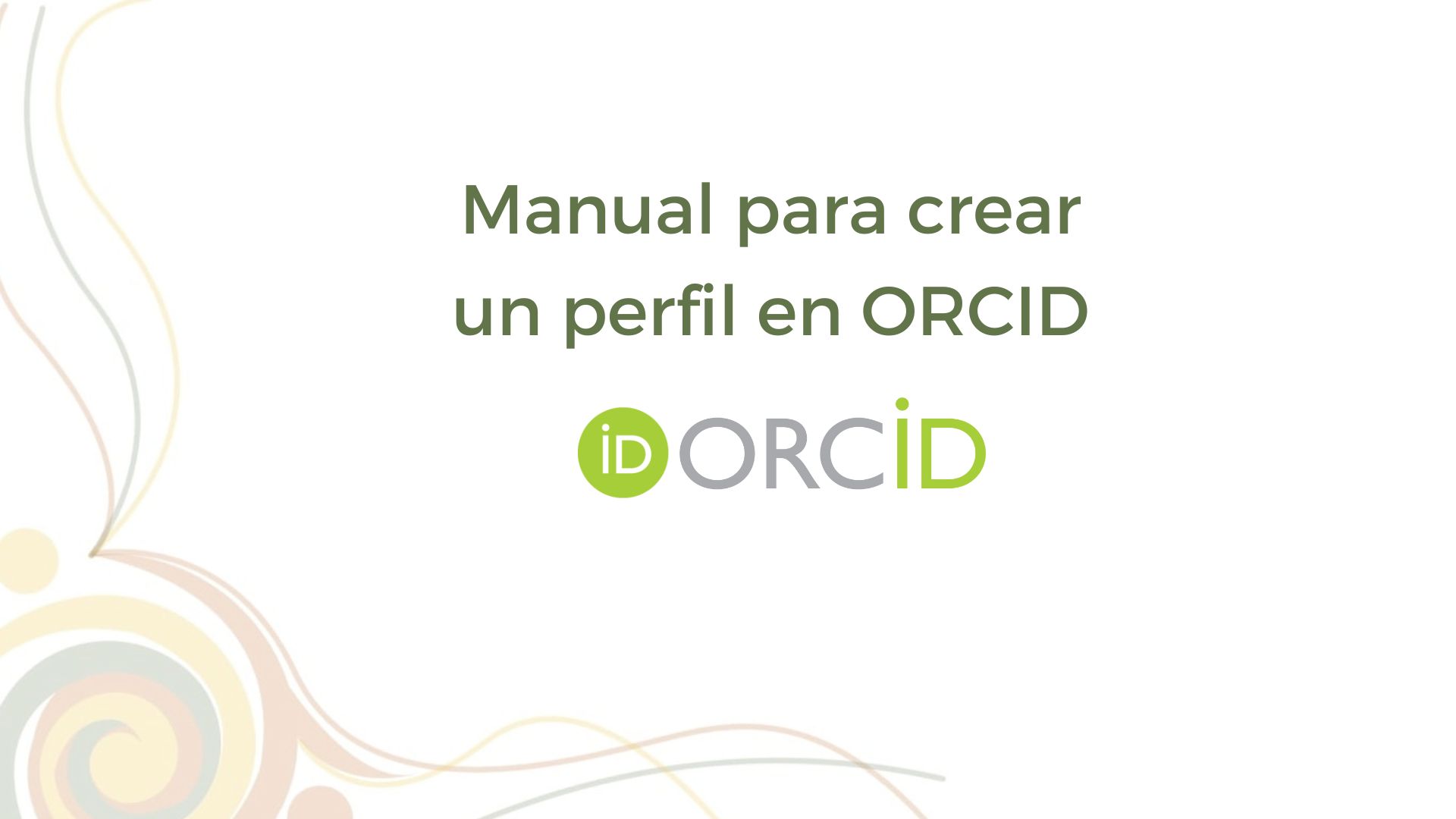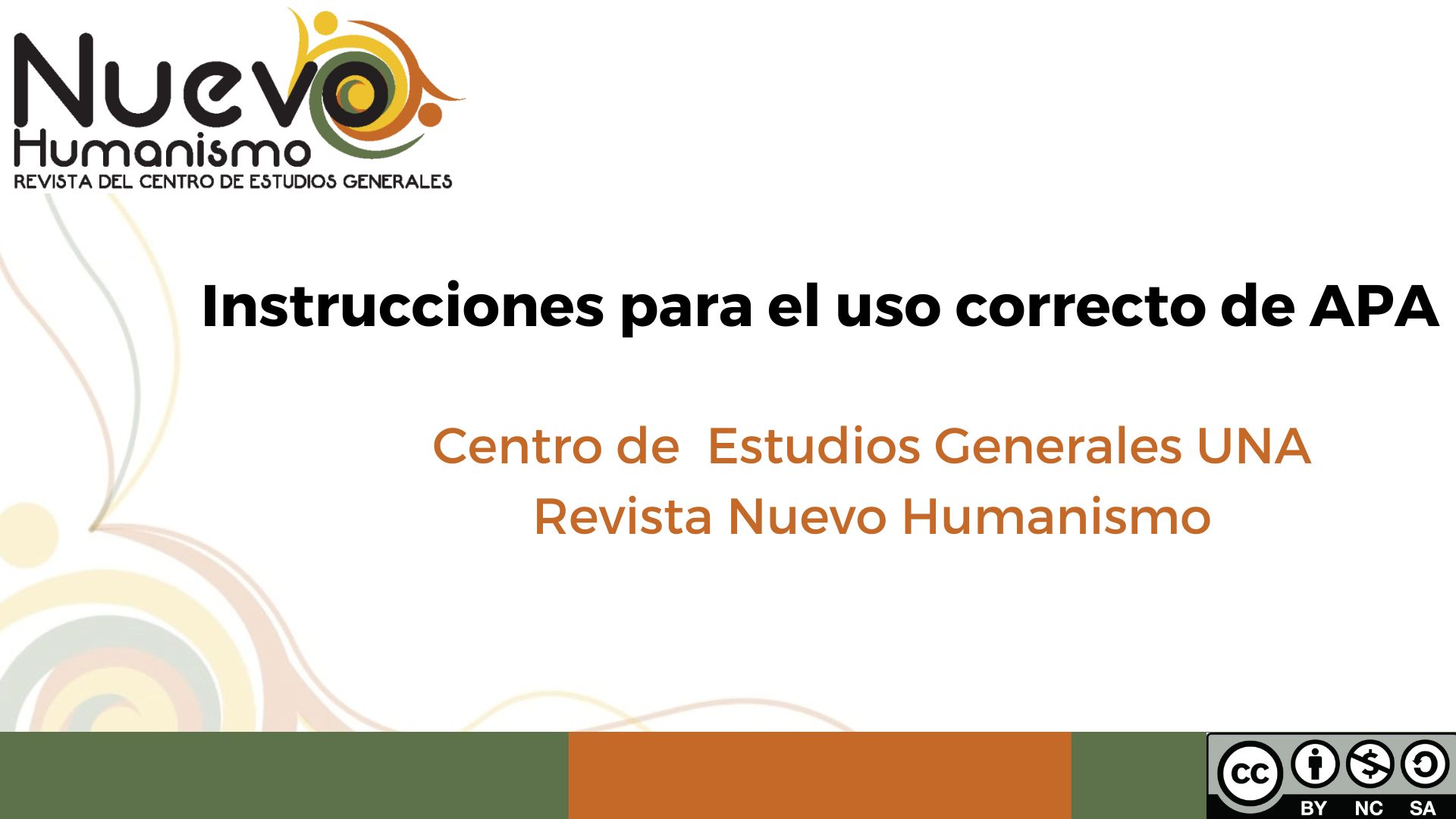Persons Deprived of Liberty: uncovered issues.
DOI:
https://doi.org/10.15359/rnh.7-2.4Keywords:
persons deprived of liberty, artistic expressions, living together, reintegrationAbstract
Abstract
This article corresponds to the project called "Culture of Peace and Artistic Expressions with persons deprived of liberty in the Institutional Care Center "Calle Real" of Liberia and the Semi-Institutional Care Center Nicoya, 2017-2018,” which has been developed as part of an inter-institutional articulation effort between the Center of General Studies and the Chorotega Campus, both belonging to the National University of Costa Rica. Its objective has been to contribute to the development of capacities and skills for the life of persons deprived of liberty in the Chorotega Region and, likewise, to their process of reinsertion and social readaptation. Four techniques were used: workshops, lectures, recreational pedagogy, and artistic activities. These techniques were a means for the integral approach of concepts, such as the experience of a culture of peace, peaceful coexistence and its link with art. With this, important results were obtained, such as reflection and awareness of daily situations, socialization and social constructions. Thanks to this learning experience, it has been possible to develop an emotional, motivational and cognitive dimension of the participants, through the generation of humanized spaces, created by means of recreational and artistic activities (corporal activity based on theater and dance, among others). As a result of these dynamics and expressions, a dance workshop was carried out with which, through a sequence of rehearsals and exercises based on contemporary dance, we constructed the choreography "Bodies in the open,” based on their perception of life. Sessions for reflection were also held, which became spaces for meetings and reflection on objectives and methodologies, and where we rethought the concept of persons deprived of liberty in order to contribute to the improvement of the conditions that belong to this system.
References
Boff, L. (2002). El cuidado esencial: ética de lo humano con pasión por la tierra. Madrid, España: Trotta
Dell´ Anno, A y Teubal, R. (2006). Resignificando lo grupal en el trabajo social. Argentina: Espacio.
Fux, M. (2004). Qué es la danzaterapia: preguntas que tienen respuestas. Buenos Aires: Lumen.
Jara, O. (2012). La sistematización de experiencias, prácticas y teoría para otros mundos posibles. Costa Rica: Alforja.
Marenco, H. (2019). La danza tras bambalinas: significado e impacto del lenguaje de movimiento y la creatividad en una comunidad de aprendientes. San José, Costa Rica. Fractales Gráficos.
Maturana, H. (1992). Desde la biología a la psicología. Santiago de Chile: Universitaria S.A
Ministerio de Justicia y Paz, Dirección General de Adaptación Social. (2016). Modelo de comunidad terapéutica penitenciaria. Centro del Programa Institucional, Liberia–Guanacaste. Costa Rica.
Ministerio de Justicia y Paz. (2014). Boletín de Población.
Morín, C. (2016). Reinventar la Educación: Abrir caminos a la metamorfosis de la humanidad. México: Multiversidad Mundo Real
Muñoz, F y Molina B. (2009). Una Cultura de Paz compleja y conflictiva. La búsqueda de equilibrios dinámicos. Recuperado en http://www.ugr.es/~revpaz/articulos/Una_Cultura_de_Paz_compleja_y_conflictiva.html
Naciones Unidas. (1998). Declaración y Programa de Acción sobre una Cultura de Paz. Recuperado de: https://www.google.com/search?client=firefox-b-d&q=A%2FRES%2F53%2F243.
Palacio, J. (2013). Comunidad Terapéutica: una definición operativa. Federación Latinoamericana de Comunidades Terapéuticas.
Stokoe, P. (2008). La expresión corporal-danza. Recuperado de: educadoresyarte.blogspot.com/2008/08/la-expresion-coorporal-danza-segun.html
Tellechea, F. (2014). Ludopedagogía: Una forma de mirar el fenómeno del juego. Recuperado de: https://ilusionismosocial.org/pluginfile.php/985/mod_resource/content/2/ludopedagogia.pdf
Wengrower, H y Chaiklin, S. (2008). La vida es danza: el arte y la ciencia de la Danza Movimiento Terapia. España: Gedisa S.A.

